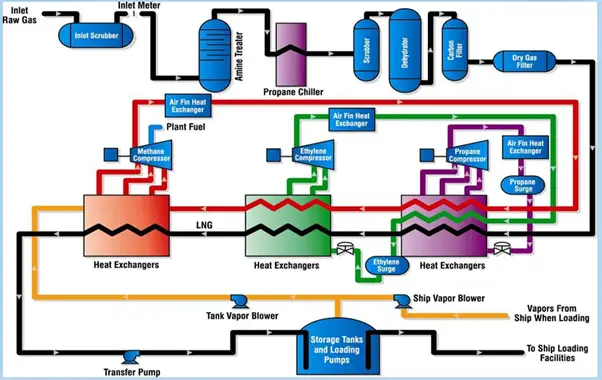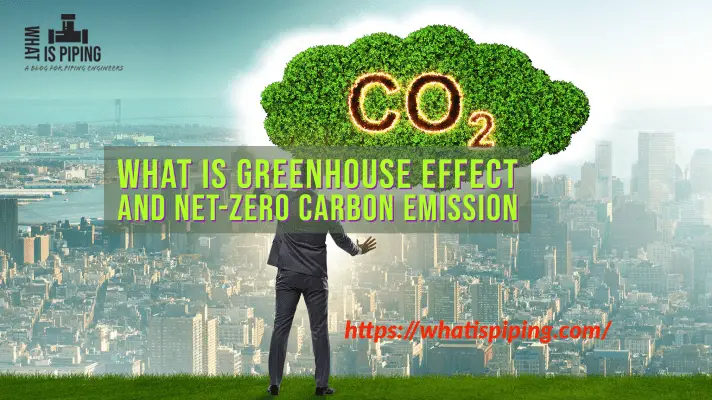We all know that Hydrogen is an invisible gas without any color. But still, we find people talking about different colors of Hydrogen. They usually talk about Green Hydrogen, Blue Hydrogen, Black Hydrogen, Brown Hydrogen, Pink Hydrogen, Turquoise Hydrogen, Yellow Hydrogen, Red Hydrogen, and White Hydrogen. So, what are these colors? In this article, we will learn about different types of Hydrogen colors and their meanings.
Colors of Hydrogen
As hydrogen atoms don’t exist on their own, they need energy to produce hydrogen. Hydrogen is highly abundant in form of water or natural gases but to create pure hydrogen, one needs to break those molecular bonds using some form of energy.
Depending on the process of how Hydrogen is produced, it is provided with 9 color codes. They are:
- Green Hydrogen
- Blue Hydrogen
- Grey Hydrogen
- Black or Brown Hydrogen
- Pink Hydrogen
- Turquoise Hydrogen
- Yellow Hydrogen
- Red Hydrogen, and
- White Hydrogen
This color coding is unofficially provided by North American Council for Freight Efficiency (NACFE). However, still, there is no universal naming convention for the above hydrogen colors which may change in the future over time or even between countries.
Green Hydrogen
The name green hydrogen is given to the hydrogen produced using clean electricity from surplus renewable energy sources to electrolyze water. As this production method does not produce greenhouse gas emissions, the production of green hydrogen is environmentally friendly and sustainable. A device called an electrolyzer is used to produce green hydrogen.
Electricity generated by renewable sources like wind, solar, etc split the water into its components i.e Hydrogen and Oxygen using an electrochemical reaction. Thus the process emits zero carbon and helps in the net-zero carbon philosophy. As the production of green hydrogen is costly, it makes up only a small percentage of the overall produced hydrogen.
Blue Hydrogen
Blue hydrogen is generated using the steam reforming method of natural gas (Fossil Fuel). Natural gas and heated steam are brought together which produces hydrogen and carbon dioxide. This carbon-di-oxide is stored underground for industrial use using Carbon Capture and Storage (CSS) technology. As the steam reduction process does not avoid greenhouse gas creation, Blue hydrogen is also known as low-carbon hydrogen.
Grey Hydrogen
Grey hydrogen is the most common form of Hydrogen that is produced from natural gas, coal, or methane. A method called steam methane reformation is used for creating grey hydrogen. A smaller amount of greenhouse gases are also generated while producing grey hydrogen but those are not captured and released into the atmosphere.
Black or Brown hydrogen
Black and Brown Hydrogen is produced from black coal or brown coal (lignite). This type of hydrogen production is the most environmentally damaging. Most hydrogen produced in the United States is “brown hydrogen”. The steam-methane reforming process is used to create black and brown hydrogen. In this process, steam is used to split natural gas or coal into clean, zero-emission hydrogen fuel and CO2 gas.
Pink Hydrogen
When hydrogen production is done by the water electrolysis process which is powered by nuclear energy, the generated hydrogen is termed pink hydrogen. Sometimes, this hydrogen is also termed purple hydrogen.
Very high temperatures of nuclear reactors are used in this process which is highly efficient.
Turquoise Hydrogen
Turquoise hydrogen is produced using the methane pyrolysis process. Natural gas is broken down using the thermal process to create hydrogen and solid carbon. The thermal process to split the natural gas is powered by renewable energy and the generated carbon is permanently stored or used.
Yellow Hydrogen
When solar energy is used for the electrolysis process to generate hydrogen, It is termed yellow hydrogen. This method of hydrogen production is relatively new. Sometimes, various other mixed energy sources are also used to produce yellow hydrogen.
Red Hydrogen
A high-temperature catalytic process is used to split water with nuclear thermal power and the generated hydrogen is termed Red Hydrogen.
White Hydrogen
White hydrogen is the naturally-occurring geological hydrogen. This type of hydrogen is usually found in underground deposits. Sometimes, white hydrogen is created through fracking. At present, there are no strategies to exploit this hydrogen.
All the above discussions can be summarized in a tabular format as provided below:
| Hydrogen Colors | Production Process |
| Green Hydrogen | Electrolysis of water using clean electricity from renewable energy sources. |
| Blue Hydrogen | Steam reforming of natural gas using CSS technology |
| Grey Hydrogen | Steam reforming of natural gas without CSS technology |
| Black and Brown Hydrogen | Steam reforming of black or brown coals |
| Pink Hydrogen | Water electrolysis using nuclear energy |
| Turquoise Hydrogen | Methane pyrolysis |
| Yellow Hydrogen | Electrolysis using solar power |
| Red Hydrogen | High-temperature catalytic process using nuclear power |
| White Hydrogen | Naturally occurring Hydrogen |
Blue Hydrogen vs Grey Hydrogen
The production of Blue and Grey hydrogen is almost similar. The main difference between the two processes is that in Blue hydrogen production, the greenhouse carbon-di-oxide gas is captured using CSS technology whereas in the Grey hydrogen production process the CO2 is not captured.
Blue hydrogen is an alternative low-carbon hydrogen production process but Grey hydrogen is not considered a low-carbon fuel.
Is Hydrogen a Clean Energy Solution?
As discussed above, most hydrogen production processes are not a solution to clean energy. However, green hydrogen is fully clean energy but the production process is costly. Green hydrogen is produced following the zero carbon emissions process and fully clean energy.









What is the rate which the hydrogen is formed by treating fossil fuels: BLUE, BROWN, or BLACK HYDROGEN?
Thank you in advance for your answers,
Burt Waxman